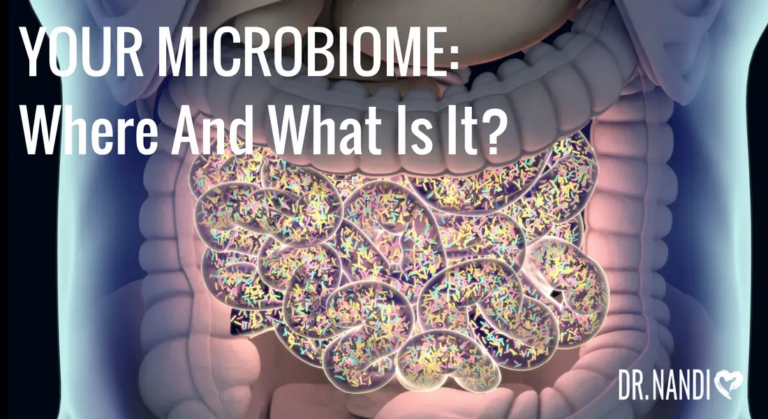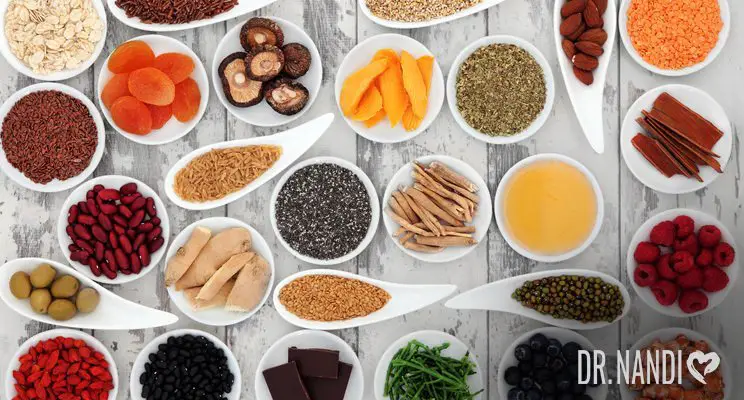It’s difficult not to feel disheartened when you read about the rising number of health difficulties in the United States, especially when heart disease, diabetes, stroke, and cancer are among the major causes of mortality and continue to claim more and more lives daily. While genetics play a role in some of these illnesses, we cannot deny the factor food and drinks play in our overall health and disease risk.
Do we have much of a choice?
Cracking the Code
We do — according to a study, our genetic makeup only accounts for 20 to 30% of our longevity. That leaves 70 to 80% to eating habits and lifestyle choices, implying that how you spend your life has a significant impact on how long you live. [1]
To put it simply, living to 90, 100, and beyond with your brain and body still functioning reasonably well requires more than the good fortune of inheriting longevity genes.
About two decades ago, Dan Buettner of National Geographic and researchers from the National Institute on Aging embarked on a journey to discover regions where people lived longer and healthier lives. They analyzed common lifestyle and dietary habits to identify the secrets of longevity in those who lived well into their 90s and 100s.
The research led to the conception of the Blue Zones, which are five places around the world where most centenarians (people who live to be 100) live. They are:
- Okinawa, Japan,
- Loma Linda, California
- Nicoya, Costa Rica
- Ikaria, Greece
- Sardinia, Italy
These five regions have their own variations of food and daily practices, which the research found to have similarities and labeled “The Power 9.” The Power 9 is a list of nine habits that people who live the longest do. These habits don’t all have to do with food. Instead, they include a well-rounded way of living.
When it comes to diet, Buettner created guidelines for food selection based on the numerous Blue Zones centenarians and translated those values to Western culture. More than 150 dietary studies were conducted in the Blue Zones over the past century and here are the best eating habits of the world’s longest-lived people that they’ve discovered. [2]
- Add More Plants
By incorporating more legumes, whole grains, and nuts and reducing consumption of red and processed meats, young people could potentially increase their life expectancy by 10 years, according to a study from PLOS Medicine. [3]
People in the Blue Zones eat a wide variety of garden vegetables when they are in season, and then pickle or dry the excess to enjoy during the off-season. Leafy greens such as spinach, kale, beet and turnip tops, chard, and collards are among the finest lifespan foods in the Blue Zones diet.
How you can do it:
- Use olive oil like butter
- Eat a variety of vegetables and fruits that you actually like stocked
- Stock up on whole grains like oats, barley, brown rice, and ground corn
- Turn unused vegetables in your fridge into a delicious soup
- Eat Less Meat
Buettner discovered that most people in the Blue Zones typically consume less than 10 ounces of meat per month, which is significantly less than the average American diet.
But isn’t protein a key macronutrient for satiety, body weight maintenance, and muscular support? No worries, you can get your protein by eating a bit of fish and other plant sources of protein.
How you can do it:
- Avoid processed meats in your diet (hotdogs, luncheon meats, sausages, etc)
- Find plant-based alternatives to the meat you are accustomed to in your meals
- Designate a day when you eat meat or other animal-derived food

- Consume an Optimal Serving of Fish
Residents of Blue Zone communities consume fish as part of their diet, but in moderate portions, usually not exceeding three ounces per serving thrice a week. This aligns with the recommended intake of omega-3-rich fish as per the FDA’s Dietary Guidelines for Americans, which promotes optimal brain and heart health. [4]
Smaller fish, such as sardines and anchovies, are normally advised because they have lower mercury levels than larger, longer-living fish, which have built up higher quantities in their flesh. [5]
How you can do it:
- Be mindful of the serving size of fish
- Avoid “farmed” fish due to potential use of antibiotics, pesticides, and coloring
- Avoid predator fish such as sharks, tuna, and swordfish
- Lessen Dairy
Many people have difficulty digesting lactose, found in milk and milk products. While milk has long been a source of calcium and protein, these nutrients can now be obtained from plant-based alternatives. It is important to be mindful of this when making dietary choices.
A few times per week, small amounts of sheep’s milk or goat’s milk products are okay, particularly full-fat, naturally fermented yogurt with no added sweeteners.
How you can do it:
- Opt for non-dairy milk alternatives such as soy, coconut, or almond milk
- Incorporate cheese made from grass-fed goats and sheep into your diet
- Eat Eggs Moderately
When it comes to eggs, Blue Zone communities tend to consume them in moderation — an average of two to four times per week. They are often eaten as a side dish for a larger portion of whole grains or other plant-based foods.
Studies have shown that vegetarians who include eggs in their diet have a slightly longer lifespan than those who follow a vegan diet. They are a great source of complete protein, including essential amino acids, as well as vitamins A, D, E, and B, and minerals like selenium. However, it’s recommended to limit your intake to no more than three eggs per week. [6, 7]
How you can do it:
- Opt for cage-free, pastured chicken eggs in small quantities
- Experiment with scrambled tofu as an egg alternative
- Complement a one-egg breakfast with fruits or other plant-based options
- Don’t Skip Beans and Nuts
A daily diet including beans and nuts is a common practice among all five Blue Zone communities. Studies have shown that consuming 20 grams of beans daily can lower a person’s risk of death by 8% and those who eat nuts have a 20% lower mortality rate compared to non-nut eaters. [8, 9]
Beans and nuts are healthy because they are high in fiber, protein, and healthy fats. They also contain a variety of vitamins and minerals, including iron, potassium, and folate. Buettner’s guidelines recommend one cup of beans and two handfuls of nuts every day.
How you can do it:
- Keep a variety of beans and nuts in stock
- Incorporate beans into salads for added protein and fiber
- Keep a stash of nuts on hand for a convenient and nutritious snack option at home, at work, or while traveling
- Opt for Whole Grain and Sourdough Breads
Bread has been a mainstay of the human diet for at least 10,000 years, and it remains a staple in three of the five Blue Zone diets. However, it is not used often for sandwiches. Most commercially available bread begins with bleached white flour, which quickly metabolizes into sugar.
Bread confused in the Blue Zones diet is made with whole grain or sourdough. That’s because all whole grains have more fiber than the most common types of wheat flour. Additionally, sourdough bread can help lower the overall impact of a meal on blood sugar levels and promote slower digestion. This can provide a more steady energy release and decrease stress on the pancreas.

How you can do it:
- Avoid commercial-based sourdough bread
- Choose whole-grain rye or pumpernickel bread over whole wheat
- Buy or make bread with seeds, nuts, dried fruits, and whole grain
- Slash Sugar and Drink Healthy
Buettner’s research shows that people in the Blue Zones only eat about a fifth as much added sugar as people in North America. That also translates to their drinking habits — they don’t usually drink soda or eat sweetened yogurt or other foods with added sugars.
How you can do it:
- Aim for at least seven glasses of water daily
- Limit coffee consumption to the morning and avoid it later in the afternoon to improve sleep
- Incorporate green tea into your diet for its brain-health benefits
- Experiment with different herbal teas such as rosemary, oregano, or sage
You can read the full guidelines on this Blue Zones page.
No single food can do everything, but it goes without saying that some foods are healthier than others. These are what they call superfoods, which mostly come from plants, but there are also some that come from fish and beans. All of these are what we need to have true Blue Zoner eating habits.
Get a free copy of our Superfood Cookbook to receive access to more than 60+ delicious recipes, to be well on your way to a healthier, meaningful, and longer life.

Sources:
- Live Long and Proper: Genetic Factors Associated with Increased Longevity Identified – Scientific American
- Blue Zones Diet: Food Secrets of the World’s Longest-Lived People
- Estimating impact of food choices on life expectancy: A modeling study | PLOS Medicine
- Advice about Eating Fish | FDA
- Seafood consumption and blood mercury concentrations in adults aged ≥20 y, 2007–2010 | The American Journal of Clinical Nutrition | Oxford Academic
- Vegetarian Dietary Patterns and Mortality in Adventist Health Study 2 – PMC
- How many eggs can you eat per week?
- Beans & Health Overview
- Nut consumption reduces risk of death – Harvard Gazette




















